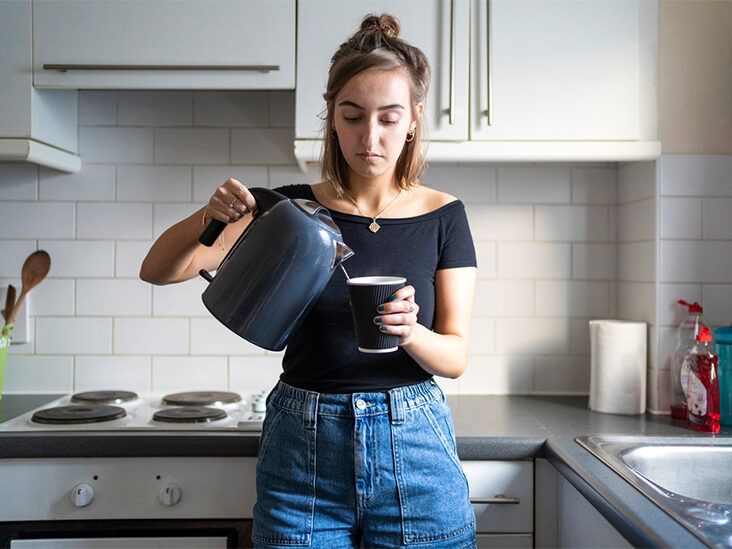How the danger of coronavirus compares with the risks of everyday life
Professor Alan Penn, the chief scientific adviser at the Ministry of Housing, Communities and Local Government, said risks would inevitably go up once lockdown was released.
“There is a hierarchy of risks, and we decide which measures can be taken and give advice about how they need to consider the risk,” he told MPs. “The risks will increase. One reason we are able to do opening up is because the total numbers infected are dropping, so the risk from that perspective is reducing.”
Crime
The chance of becoming a victim of crime in a single year is now 15 per cent, but that changes dramatically depending on age. While around one in five of those aged 16 to 24 can expect to experience a crime annually, that drops to just one in 20 for the over-75s.
The type of crime also varies. The chance of being robbed is around 0.3 per cent in 100, while 0.9 per cent of people are a victim of violence without injury, 0.5 per cent a victim of assault with minor injury, and 0.4 per cent a victim of wounding.
Likewise, the average adult in England and Wales has a one in 100,000 chance of being murdered in a given year, while domestic abuse among the wider population is around 7.9 per cent of women and 4.2 per cent of men.
Over the last decade, the annual chance of being murdered in a terrorist attack on British soil was about one in 11.4 million per year.
Health
Around 600,000 people die in Britain every year, with the frail and elderly most at risk, just as they are from coronavirus.
The most recent data from the Office for National Statistics (ONS) reveals that more than one in eight people will die of dementia and Alzhiemer’s disease, which is now the leading cause of death.
In Britain each year, 280 people in 100,000 die of cancer, and there are an estimated 40,000 deaths per year linked to outdoor air pollution, with dirty air linked to lung cancer, stroke, heart disease, Alzheimer’s and fatal asthma.
The risk from depression is also high, particularly for young people. The leading cause of death for 20 to 34-year-olds in the UK is suicide and injury or poisoning of undetermined intent for all years observed, accounting for 27.1 per cent of male deaths and 16.7 per cent of female deaths for this age group.
Bad habits
As well as health, accidents and age risks which cannot be avoided, many people raise their risk of ill health and early death through bad lifestyle habits.
As many as one-third of heavy smokers aged 35 will die before the age of 85 from diseases caused by their smoking. For a 55-year-old smoker, the chance of developing lung cancer in the next decade is 34 in 1,000, compared to just one in 1,000 for a non-smoker.
Likewise, consuming one to two drinks four or more times per week – an amount deemed healthy by current guidelines – increases the risk of premature death by 20 percent compared with drinking three times a week or fewer.
The male drug poisoning rate has significantly increased from 89.6 per million males in 2017 to 105.4 per million in 2018. Two-thirds, or 2,917, of drug-related deaths were related to drug misuse, accounting for 50.9 deaths per million people in 2018.
How much risk is too much?
The Government assessment of risk is based on the reproduction, or ‘R’ number, which calculates how many other people will be infected by one person with coronavirus.
The rate may be creeping above one in some areas and local lockdowns have been imposed where cases are rising.








